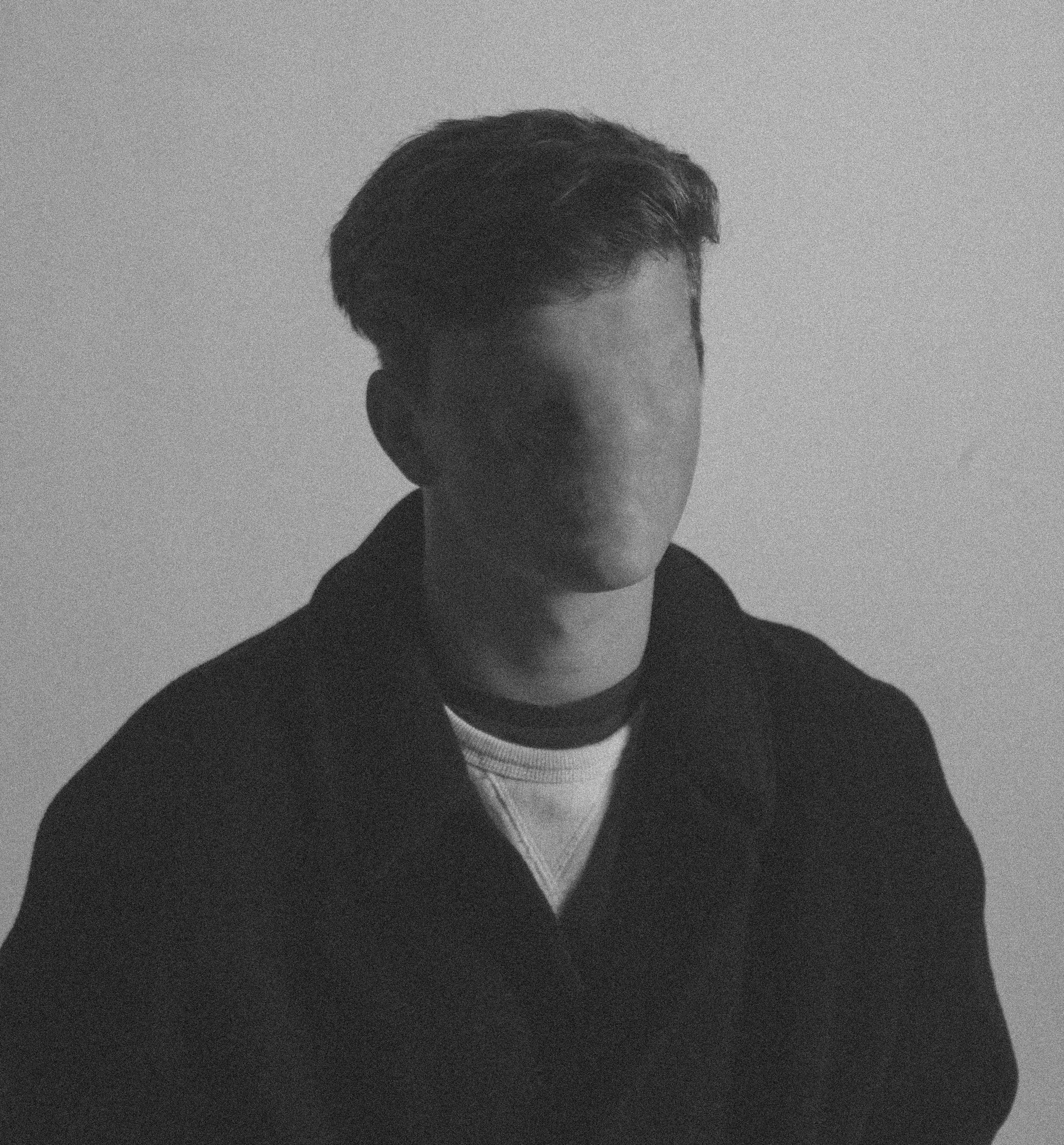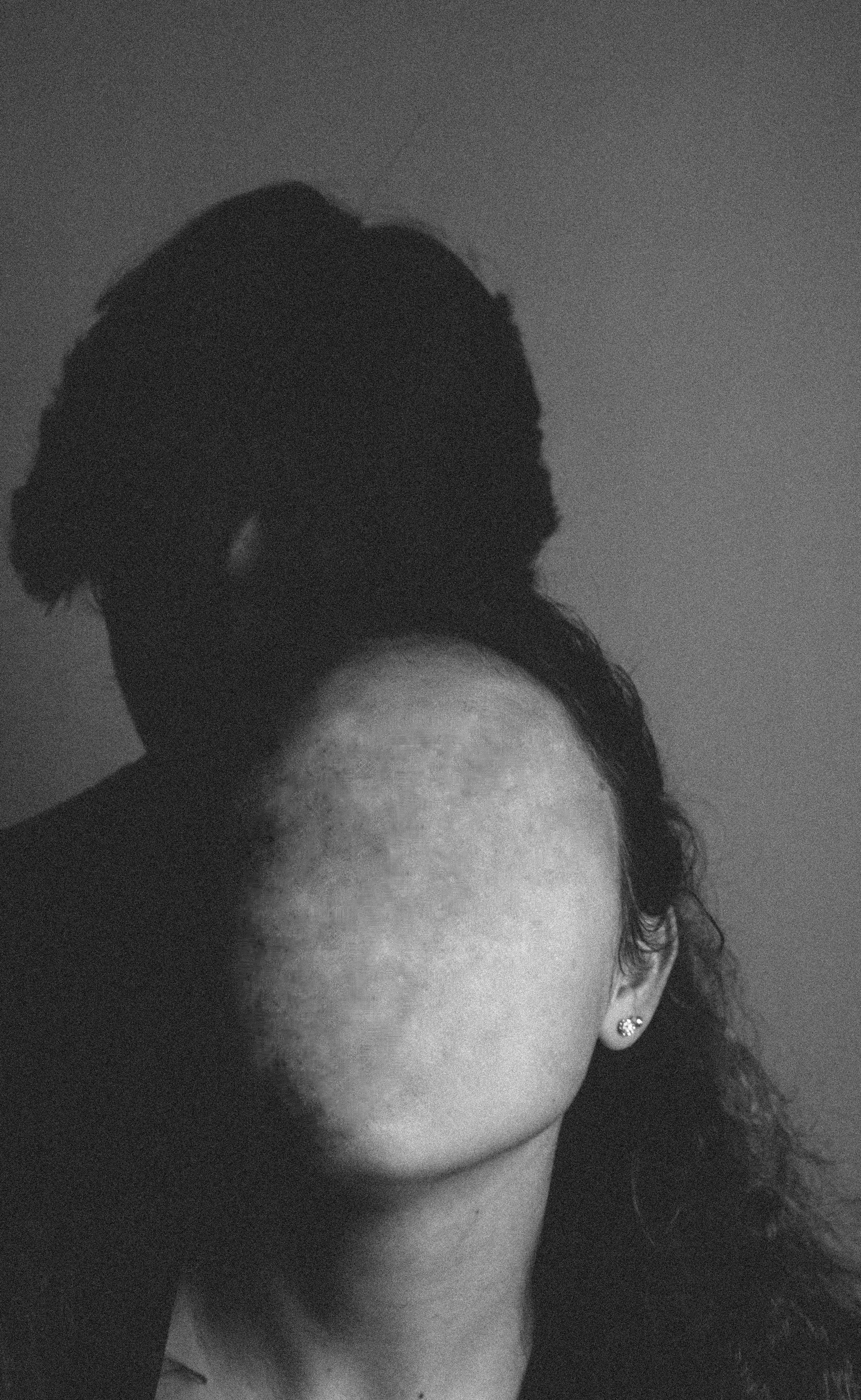Stephen Shore
Stephen Shore (born October 8th 1947) is an American photographer known for his work as a New Topographic and his pioneering use of colour in photography. In 2010, Shore received an Honorary Fellowship from the Royal Photographic Society. Shore took photographs of the introduction of civilisation and industry to nature and showed how man-made structures were taking over from nature.

 My Favourite Photograph
My Favourite Photograph

It appears that in this photograph, natural lighting from the American deserts were used to capture it. This helped to create a very saturated photograph that is very eye-catching. A deep field of depth appears to have been used as the corners have not been slightly blurred. A shutter speed of around 1/50 – 1/80 appears to have been used as the majority of the photograph is in focus but there is a moving car in the bottom left corner that is blurred so the shutter speed is not quick enough. An ISO of 200 or 400 was most likely used along with this shutter speed to create a light enough and high quality photograph.
There is lots of colour in this photograph which is partly what Stephen Shore was known for. The saturated colours help the viewer to tell what country the photograph is set in. There is not a massively wide tonal range in this photograph – it is quite a light photograph which matches the colours that it consists of. There is no texture in the photograph but from the setting of it, it is very clear that it is in a warm place.
This photograph by Stephen Shore was taken during the start of the industrialisation of America – the signage and colours are unique to the United State and it is a perfect example of a New Topographic’s work. It shows the should-be ugly man-made structure but portrays it as something aesthetically pleasing.
This photograph is showing the man-made structures over-powering the natural land in America and are symbolic for the New Topographic movement taking over from the Romanticists. The bright colours of the man-made structures are contrasting with the nature in the background and show that change is inevitable.









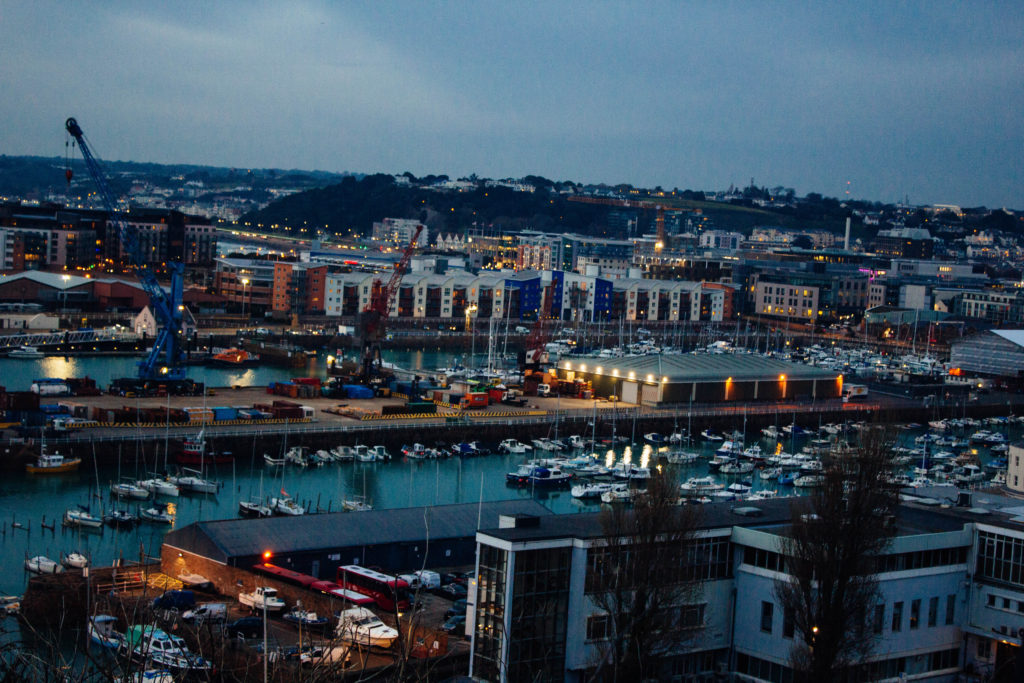



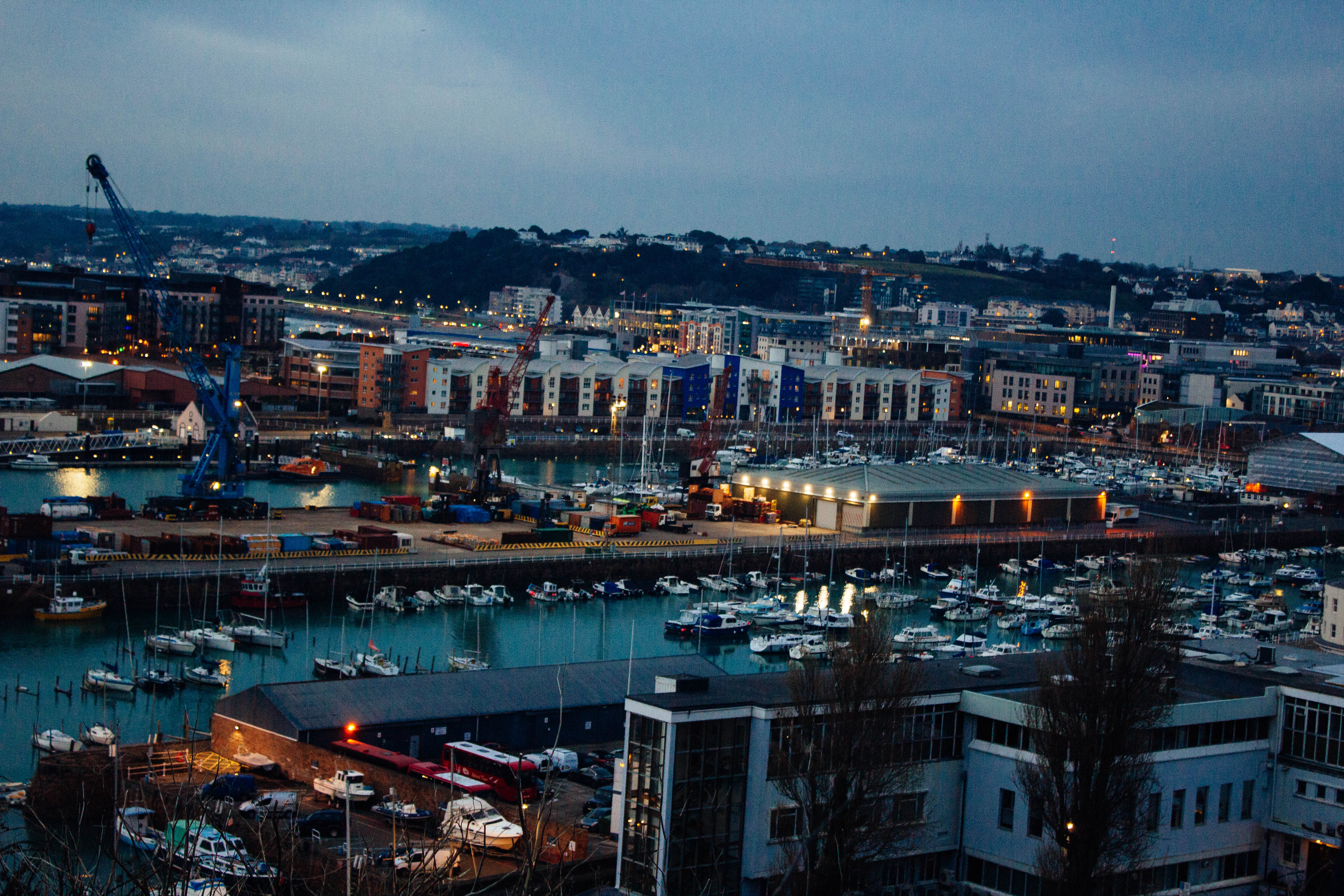



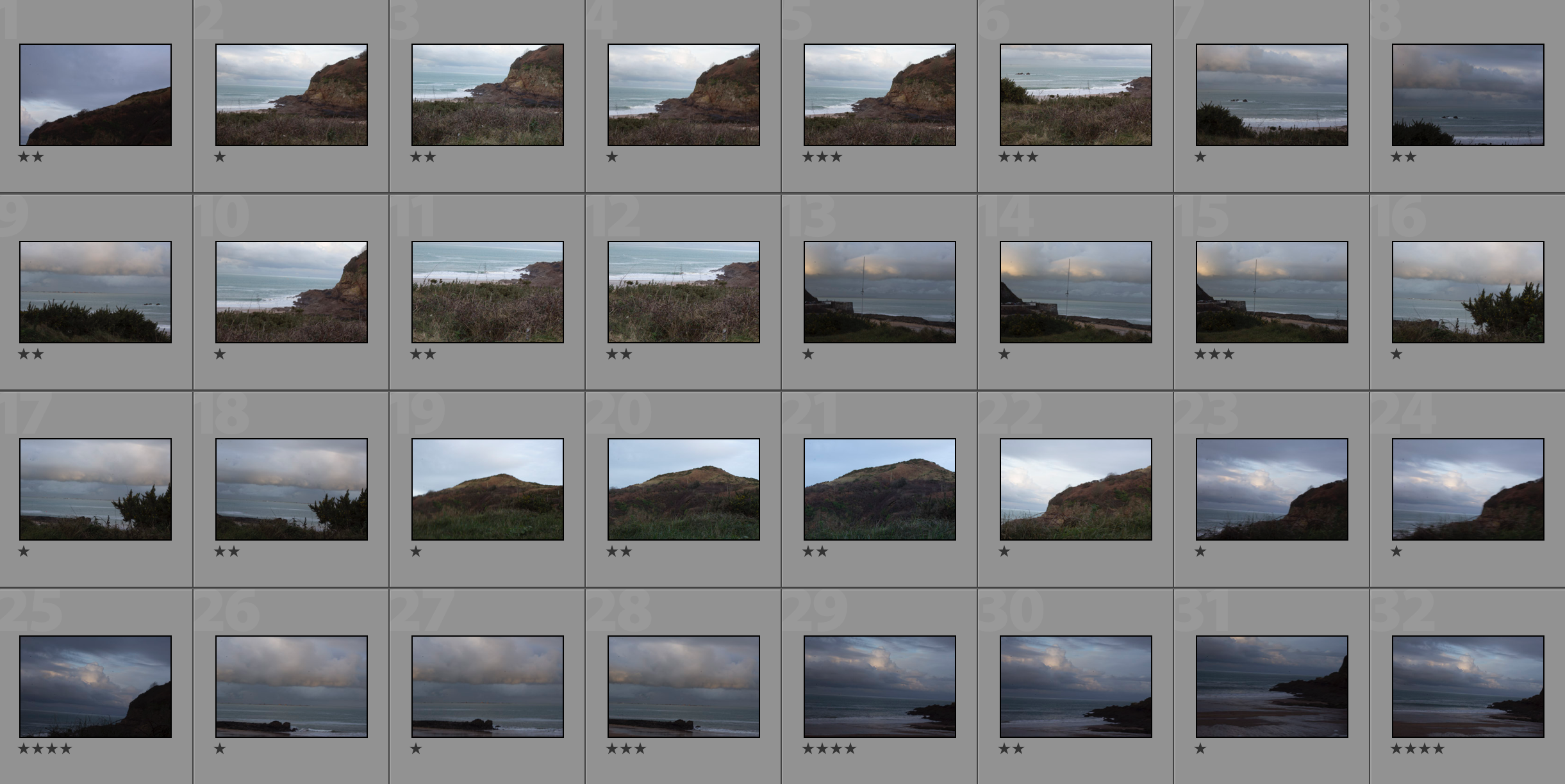


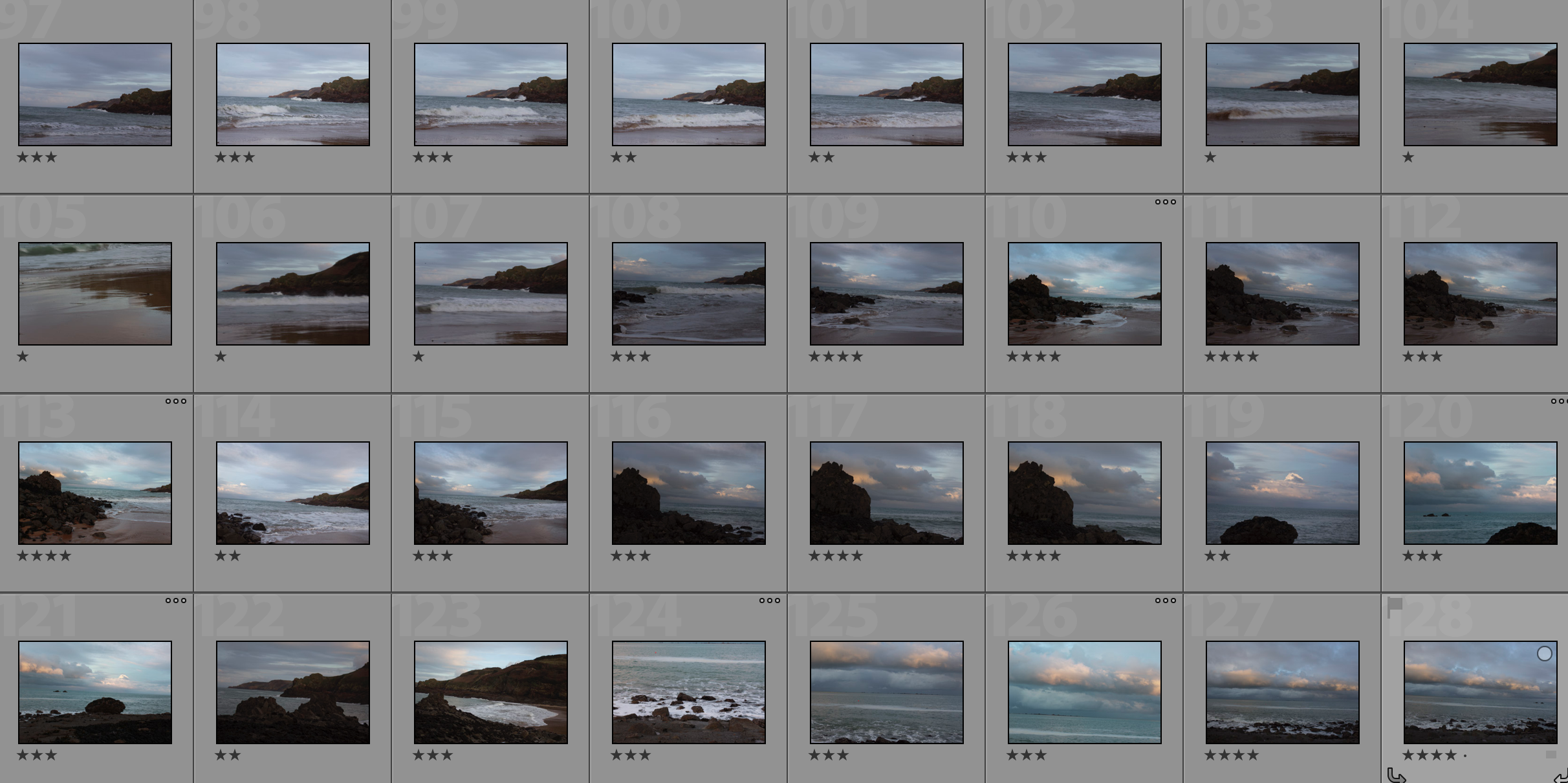

 I then applied the filter Fuji Neopan 1600 to create a strong, contrasting photograph that emphasises the shapes.
I then applied the filter Fuji Neopan 1600 to create a strong, contrasting photograph that emphasises the shapes. I then adjusted the shadows, highlights, contrast, brightness and whites and blacks in order the fine tune the photograph.
I then adjusted the shadows, highlights, contrast, brightness and whites and blacks in order the fine tune the photograph.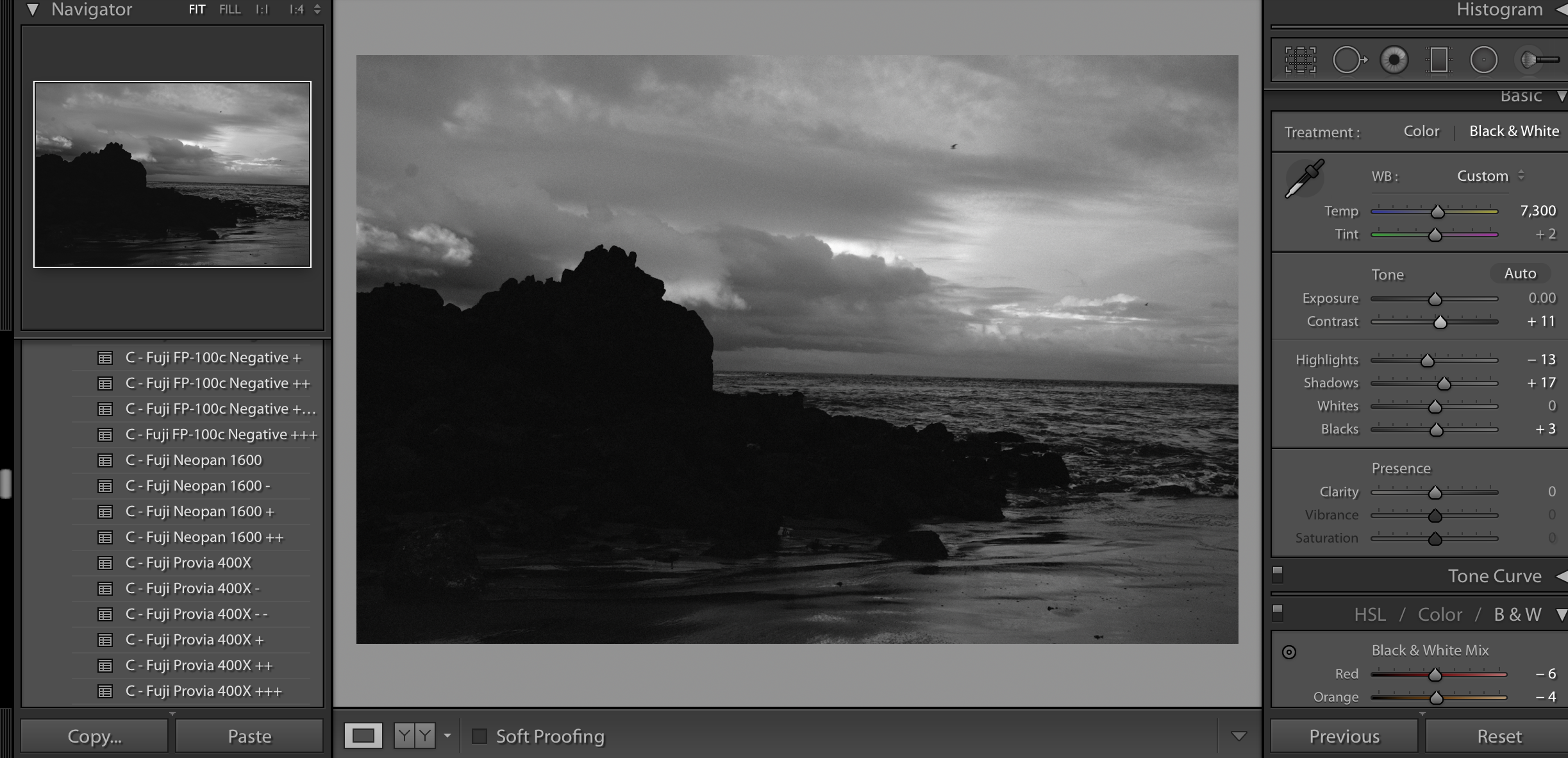

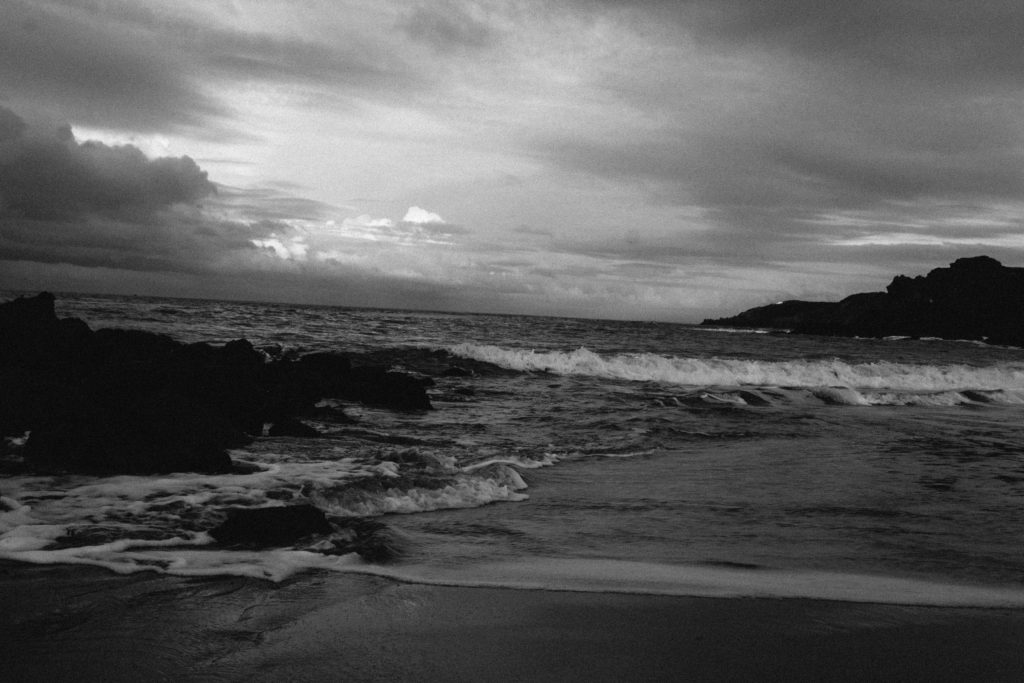


 My Favourite Photograph
My Favourite Photograph











